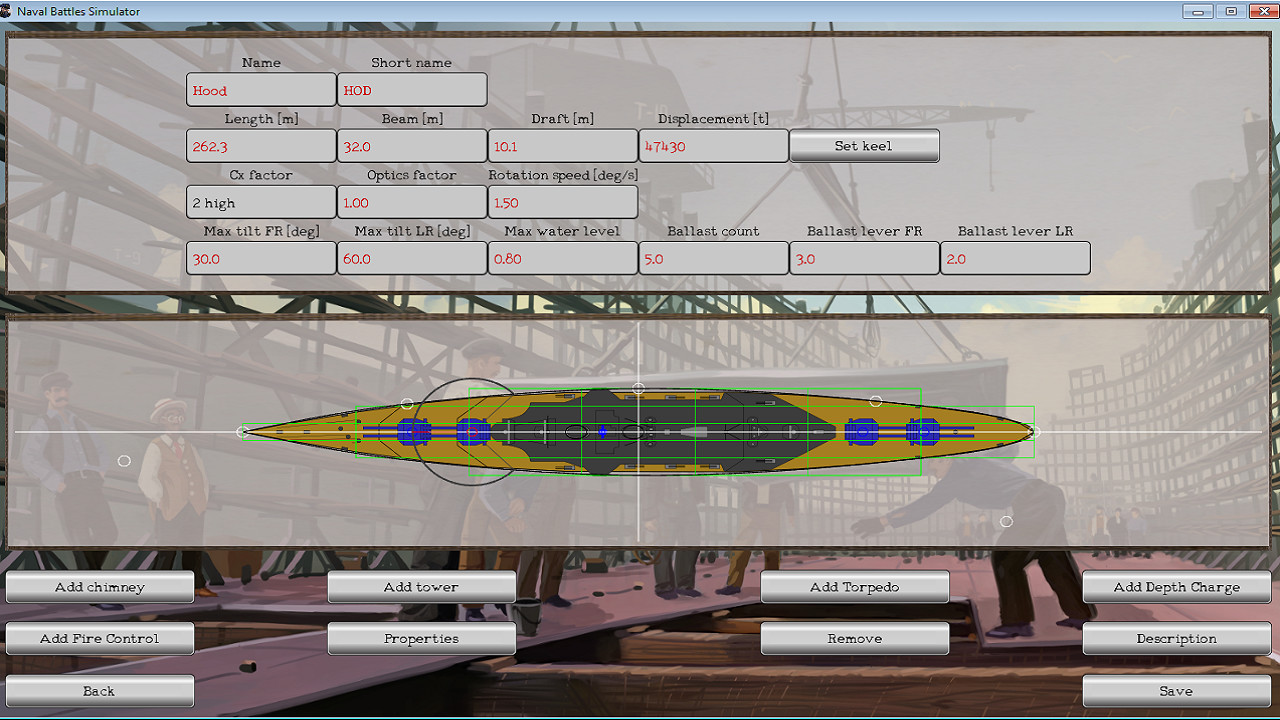

The destruction of the fleet caused a bitter reaction from the Russian public, which induced a peace treaty in September 1905 without any further battles. In London in 1906, Sir George Sydenham Clarke wrote, "The battle of Tsu-shima is by far the greatest and the most important naval event since Trafalgar" decades later, historian Edmund Morris agreed with this judgment. In this battle the Japanese fleet under Admiral Tōgō Heihachirō destroyed the Russian fleet, under Admiral Zinovy Rozhestvensky, which had traveled over 18,000 nautical miles (33,000 km) to reach the Far East. It was fought on 27– (14–15 May in the Julian calendar then in use in Russia) in the Tsushima Strait located between Korea and southern Japan. It has been characterized as the "dying echo of the old era – for the last time in the history of naval warfare, ships of the line of a beaten fleet surrendered on the high seas".

It was naval history's first, and last, decisive sea battle fought by modern steel battleship fleets, and the first naval battle in which wireless telegraphy (radio) played a critically important role. The Battle of Tsushima ( Japanese: 対馬沖海戦, Tsushimaoki-Kaisen, Russian: Цусимское сражение, Tsusimskoye srazheniye), also known as the Battle of Tsushima Strait and the Naval Battle of the Sea of Japan (Japanese: 日本海海戦, Nihonkai-Kaisen) in Japan, was a major naval battle fought between Russia and Japan during the Russo-Japanese War.


 0 kommentar(er)
0 kommentar(er)
